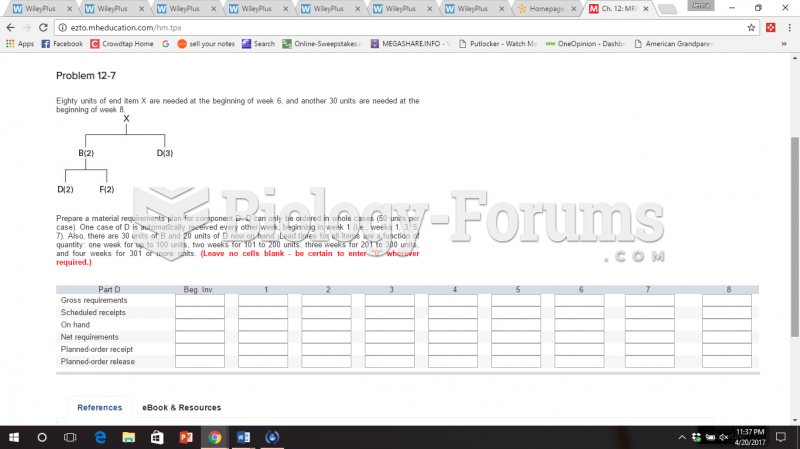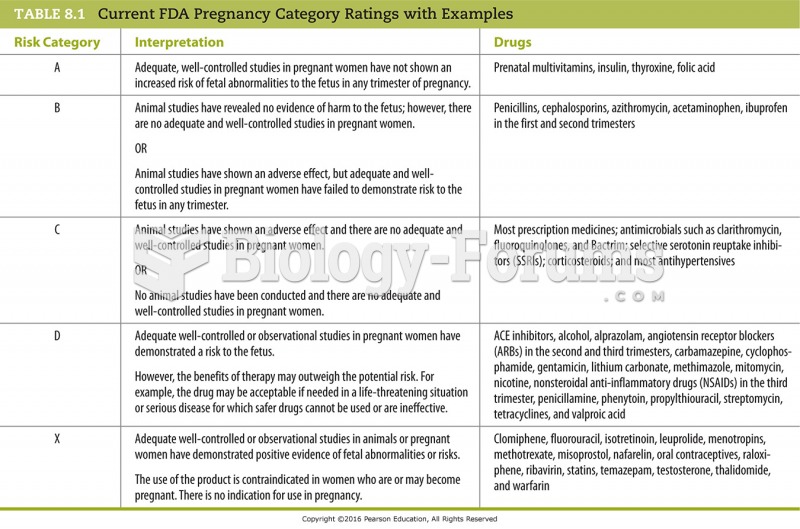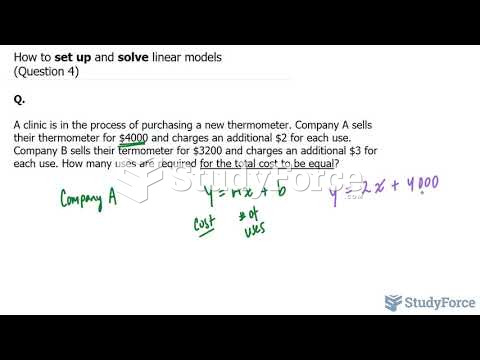Answer to Question 1
A number of trends in today's logistics environment may have a significant effect on decisions involving logistics facility location. Included among these are the following:
Strategic positioning of inventories, such that fast-moving, profitable items may be located at market-facing logistics facilities. Slower-moving, less profitable items may be located at more regional, or national, facilities.
Aside from a general trend toward the elimination of many wholesaler/distributor operations, companies are moving to greater use of customer-direct delivery from manufacturing and other upstream supply chain locations. Many times, this bypasses and diminishes the need for complete networks of distribution facilities.
There is a growing use of and need for strategically located cross-docking facilities that serve as transfer points for consolidated shipments that need to be disaggregated or mixed into typically smaller shipments for delivery to individual customers. An example of this would be the consolidation of multiple-vendor shipments into full trailer loads being shipped to retail stores or points of use. Applied to inbound movements, this concept can significantly reduce the need for inbound consolidation facilities.
Due diligence for location and site selection decisions is placing great emphasis on access to major airports and/or ocean ports for import and export shipments.
Greater use of providers of third-party-logistics services, who may assume part or all of the responsibility for moving a firm's products to its customers, and/or moving its inbound parts and materials to its manufacturing process. In the global setting, many of these companies are developing specialized abilities to facilitate the movements of import and export shipments.
Answer to Question 2
Some companies take a nearly exclusively top-down approach and use a new product development process that follows three simple steps: idea creation, design and development, and commercialization. Marketing is essentially an afterthought to help with the final commercialization and launch phase before introducing the product to customers. Note that just because the top-down approach has few steps in the process doesn't mean the products are simple. Top-down is also called inside-out because the idea comes from within the company, and then feedback from the outside (customers, suppliers, etc.) is sought later in the process.







